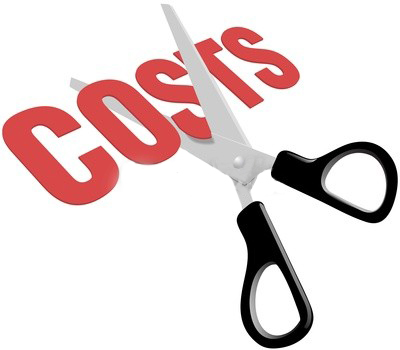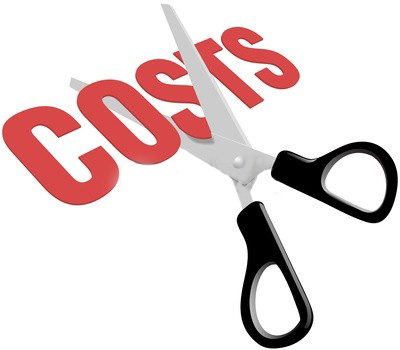
Medical Billing Company: Everything You Need To Know
When it comes to your billing needs, hiring a medical billing company may be the best option. Nitin Chhoda shares the important factors that you need to consider whether you’re going to hire a medical billing company or an independent contractor, and how your preferred billing system plays a key role in that decision.
 Medical billing company is not easy to find and medical billing is no easy job. But for many small medical practices, adding billing to your list of things to do can be overwhelming.
Medical billing company is not easy to find and medical billing is no easy job. But for many small medical practices, adding billing to your list of things to do can be overwhelming.
Especially for practices that are just getting started, hiring a medical billing company can be cost-effective and will take a lot of stress out of the process of starting and running a business.
Just like hiring an accountant to do your taxes, when you hire a medical billing company, you are handing off a very important task to an expert in the field.
Price Isn’t Everything
Of course, when you hire a medical billing company, the hope is that you will be paying them less than you would pay a full time medical biller as part of your staff. Giving yourself some financial ground rules or even estimates will help you to determine how much money you should pay a medical billing company for the services they provide.
Medical Billing Companies Should Provide Typical Rates
But in addition to doing the job, they’d better do the job really well. Many medical billing companies will guarantee a certain rate of accepted claims. If they don’t actually guarantee a certain rate, they may at least give you their typical rates of rejected and denied claims so you can tell what kind of job they are doing.
Typically, insurance companies will reject about half of all claims, so even with a professional medical billing company, your expectations shouldn’t be too high. And remember that the time and effort that it takes to handle medical billing really is worth more to you than the cost of hiring a medical billing company to do the work for you.
Medical Billing Company or Independent Contractor
Some smaller practices may have the option of hiring an independent contractor who works part time and remotely. This option can also be cost effective, especially if the price is right.
In many ways, you will have to work out the details more thoroughly with an independent contractor, which may result in better outcomes for billing. But the convenience of medical billing companies is often a big factor in making the decision of who to hire.
More important than the size of the medical billing company, be sure to hire someone or a company that has a lot of experience and a proven track record.
Your Options
If you are trying to choose between an independent contractor with ten years of experience or a brand new medical billing company that has been around for less than a year, make sure that the employees at the medical billing company have more experience before you take that route.
A medical billing company may have a more standardized system and it may be easier to integrate your data system with theirs, but if they are new to the work and do not bring in the payments that are owed to you, nothing else will matter.
Make sure that whoever you hire can send you reports from their previous work as well as reports for the work they do for you, so you can see how the work is going, too
.







 Correct coding is difficult enough – the on-going educational requirements for professional coders will make it easy for them to handle the many changes and updates.
Correct coding is difficult enough – the on-going educational requirements for professional coders will make it easy for them to handle the many changes and updates.






 EMRs
EMRs Side-By-Side Coding
Side-By-Side Coding Billing
Billing


